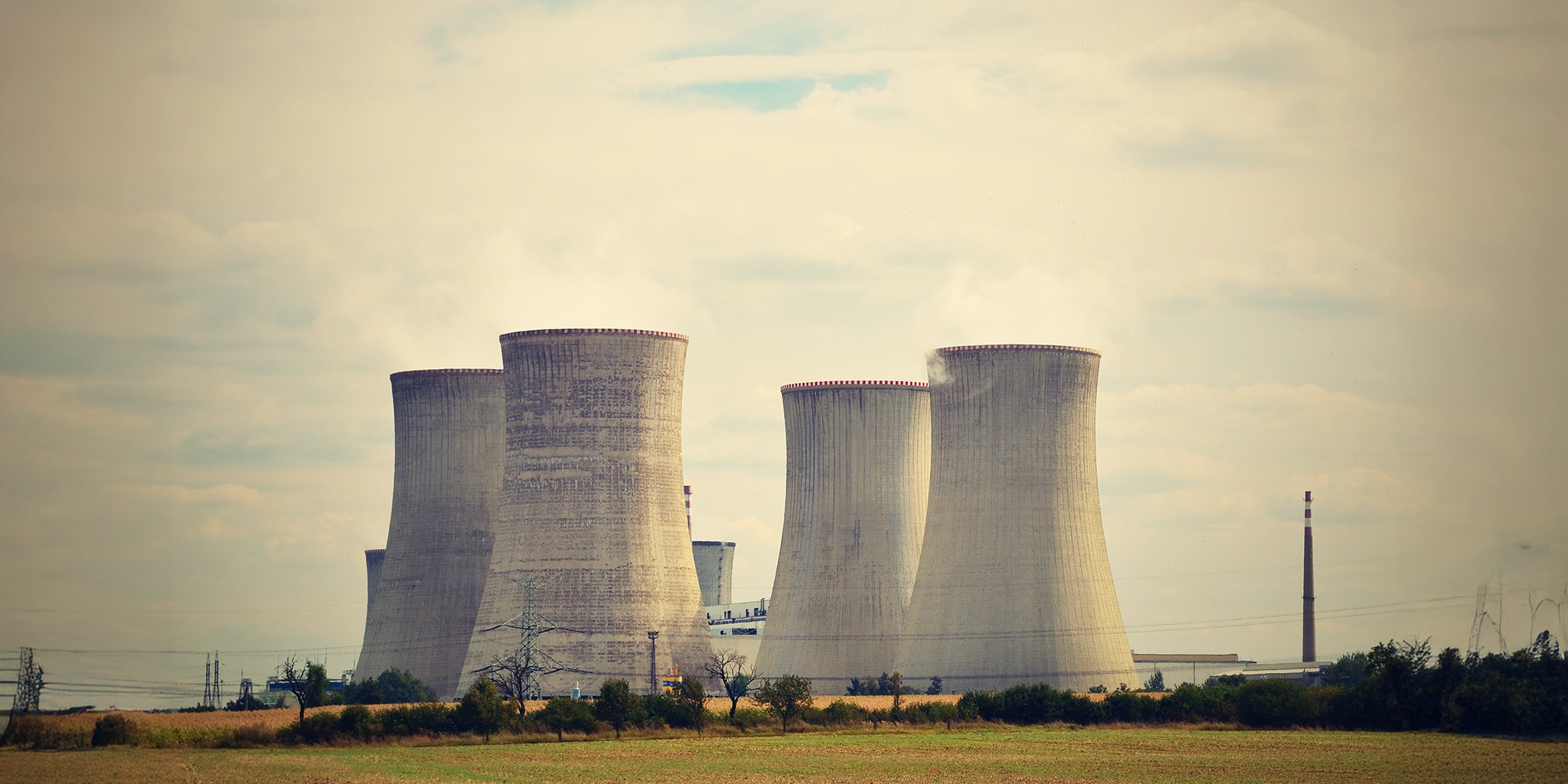In business, as in life, disruptive events are not a matter of ‘if’, but ‘when’. From a critical server failure or a ransomware attack to a natural disaster, the potential for disruption is ever-present. This is where disaster recovery planning becomes essential. It is the process of preparing your organisation to withstand and recover from an unexpected event, helping to ensure your operations can continue.
At its core, disaster recovery involves two fundamental steps: first, identifying potential future disasters, and second, applying solutions that can work effectively to counteract them.
The Importance of Experience in Planning
Identifying potential disasters and their solutions is not a simple task. It often requires experts with experience, those who have managed or studied many disasters in the past. This experience is invaluable. It provides insight into which solutions have proven effective and which have failed, allowing an organisation to build a plan based on practical, real-world knowledge rather than just theory.
A Real-World Lesson on a Global Scale
To truly grasp the importance of a robust backup plan, we do not need a hypothetical example; we can look at a real-world, large-scale event. A “dinosaur-level” disaster, such as a major asteroid impact or super-volcanic eruption, is not theoretical. It has happened in the past, causing catastrophic, global changes.
It is a factual scenario that is considered likely to happen again; we just do not know when. In such an event, the sun could be blocked out for ten or even twenty years.
In this scenario, our primary global systems for survival would fail. Solar panels would be rendered ineffective, travel of resources will become difficult, and traditional agriculture would become impossible. To survive, humanity would require immense amounts of power for artificial light and heat.
This is where national-level disaster planning becomes critical. We could turn to gas and coal power plants, but many are ageing, require working transport routes of coal/gas and produce harmful emissions. In a global disaster of this magnitude, it is likely that only sovereign power—power generated reliably within a country’s own borders—will be available. The main large-scale alternative that can function under these conditions is nuclear power. Therefore, for human survival, countries with robust, long-term disaster planning should consider having, or at least plan to have, nuclear power plants as the ultimate backup.
The Challenges of Maintaining a Backup
This large-scale example also illustrates the main challenges of any backup system: cost and degradation.
A backup solution, whether it is a nuclear power plant or your company’s data backup server, has a cost and a limited lifespan. It requires investment and maintenance. Broadly, there are two approaches to managing this:
- Active Use: The backup system is integrated into daily operations. In our analogy, this would mean using the nuclear power plants as part of the current power generation grid. The cost is offset because the system is actively producing value. The trade-off is that this constant use can lead to faster degradation.
- Standby Mode: The backup system is kept offline, ready to be activated when needed. This would be like having nuclear plants in a standby mode, ready to be turned on within hours. This approach could reduce maintenance costs and extend the system’s life, but it represents a more direct, ongoing cost without an immediate return.
The decision between these approaches often comes down to costs, politics, and priorities. Unfortunately, disaster recovery planning is often not a top priority until a disaster is already unfolding.
The Timing Dilemma
This leads to another critical question: when is the right time to invest in a disaster recovery plan?
- Investing early in less mature solutions might mean they expire faster and require higher maintenance costs.
- Waiting for solutions to mature can result in lower upfront and maintenance costs, but it leaves you vulnerable during the waiting period.
For example, purchasing a newer, less-mature type of nuclear power plant might make more financial sense in a decade when the technology is proven and more efficient. However, this decision carries the risk of a disaster occurring before that more mature solution is in place.
Bringing It Back to Your Business
Disasters are guaranteed to occur. The only real questions are when they will happen and how significant their impact will be on your business.
While a country might debate the merits of a nuclear reactor, your business does not need one. What your business does need is a disaster recovery plan that is customised to its specific operations, risks, and budget.
Furthermore, as your business is different from every other, your disaster recovery plan should be unique. And because your business changes over time—adopting new technologies, platforms, and processes—your plan from two years ago may no longer be suitable. Regular review and updates are crucial.
Is Your Business Prepared?
If you have not created, reviewed, or updated your disaster recovery plan recently, now is a good time to consider it, before the next disaster strikes.
If you need expert, experienced advice to help with your disaster recovery planning to make sure your business, technology, and platforms can continue to operate through a disruption, then reach out to Vertex. Visit our website or contact us today for further information.

